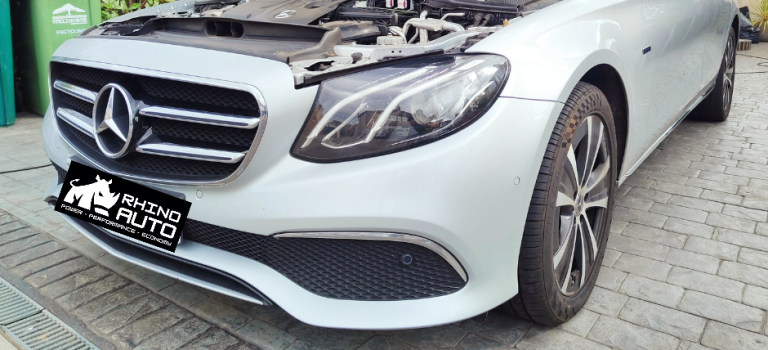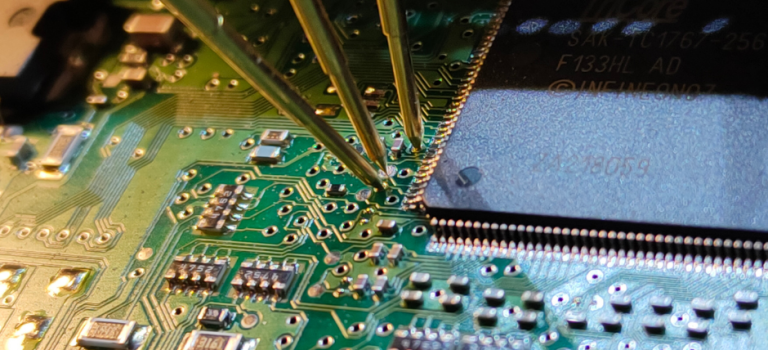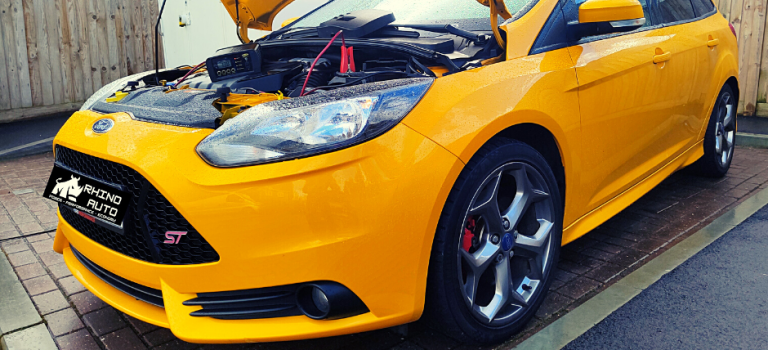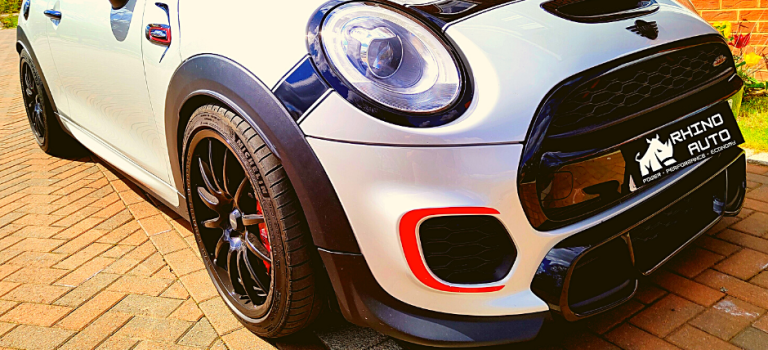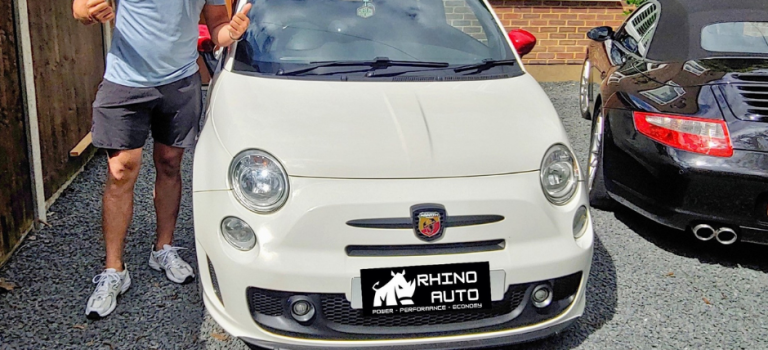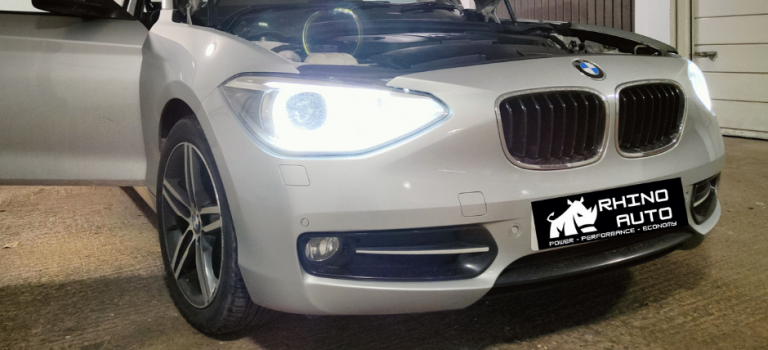OBD – The majority of cars can be tuned via the cars On Board Diagnostics port, which means I get to stay warm and dry in your vehicle while doing my things 

Bench – on some vehicles it’s just not possible or considered “safe” to tune via OBD, in which case we plug into the ECU directly using a special cable. Not only is this a faster method of reading/writing ECU’s (20 min OBD write times reduced to 2 mins), it is inherently more stable and considered “safer”. Which is why you may see me using this method anyway, especially if the sun’s out! 

Boot (pictured) – in some cases or for particular tasks, we may need to open the ECU and pin or solder directly onto the PCB. There are a handful of ECU’s where this is the only way of reading/writing, additionally it can be the only way to extract all data from an ECU, for example – for ECU cloning or deleting things such as DPF/EGR. 
If this hasn’t bored you too much and you would still like to know more, then do drop us a message! 
![]() the electric motor provides instant torque, and now we’ve given the diesel engine an additional 100nm, it leaves the lights quicker than a stabbed rat!
the electric motor provides instant torque, and now we’ve given the diesel engine an additional 100nm, it leaves the lights quicker than a stabbed rat! ![]()
![]()
![]()
![]()
![]()
![]()

